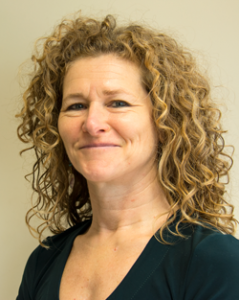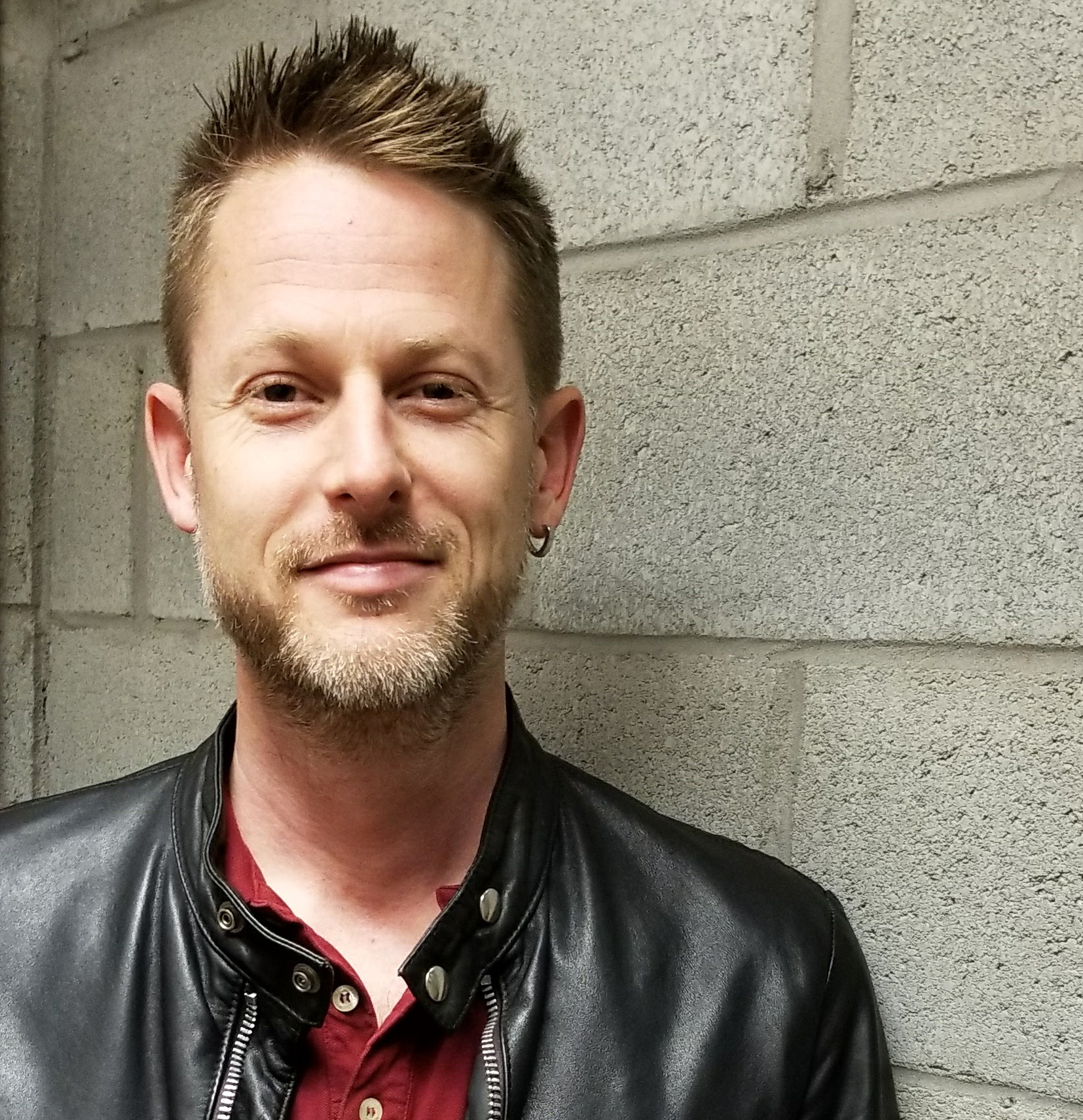Inclusion et respect – Apprécier le rôle que jouent les personnes vivant avec le VIH auprès des partenaires de recherche
29 janvier 2018 • Par Brent Allan, Laurel Sprague, Suzy Malhotra and Rebecca MathesonLes partenariats que nous, personnes vivant avec le VIH, avons forgés avec les chercheurs sont un pilier qui a favorisé l’essor de la riposte au VIH. L’heure est venue de réitérer les principes de l’inclusion et du respect et de s’y réengager, dans la tenue des recherches qui touchent nos vies et la présentation de leurs résultats.






